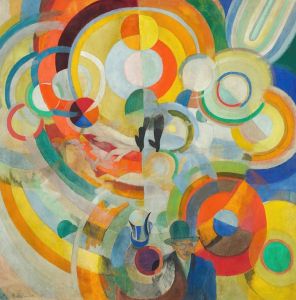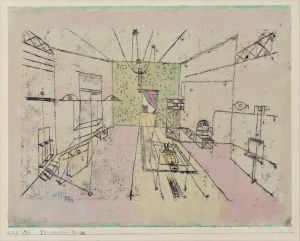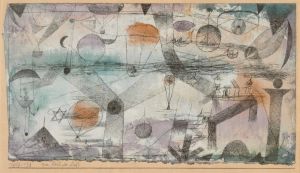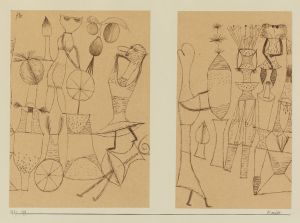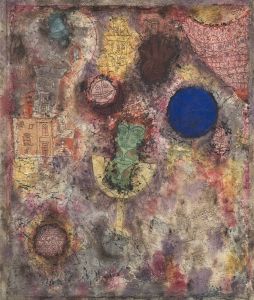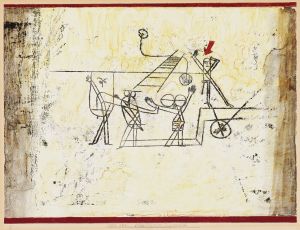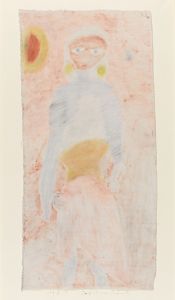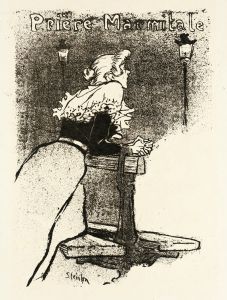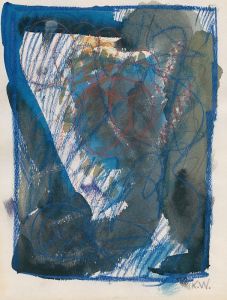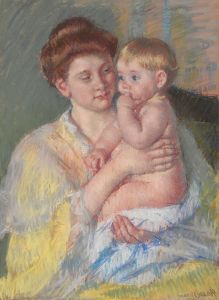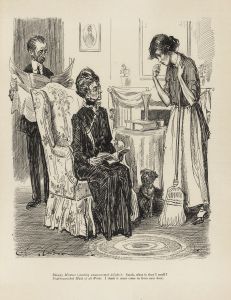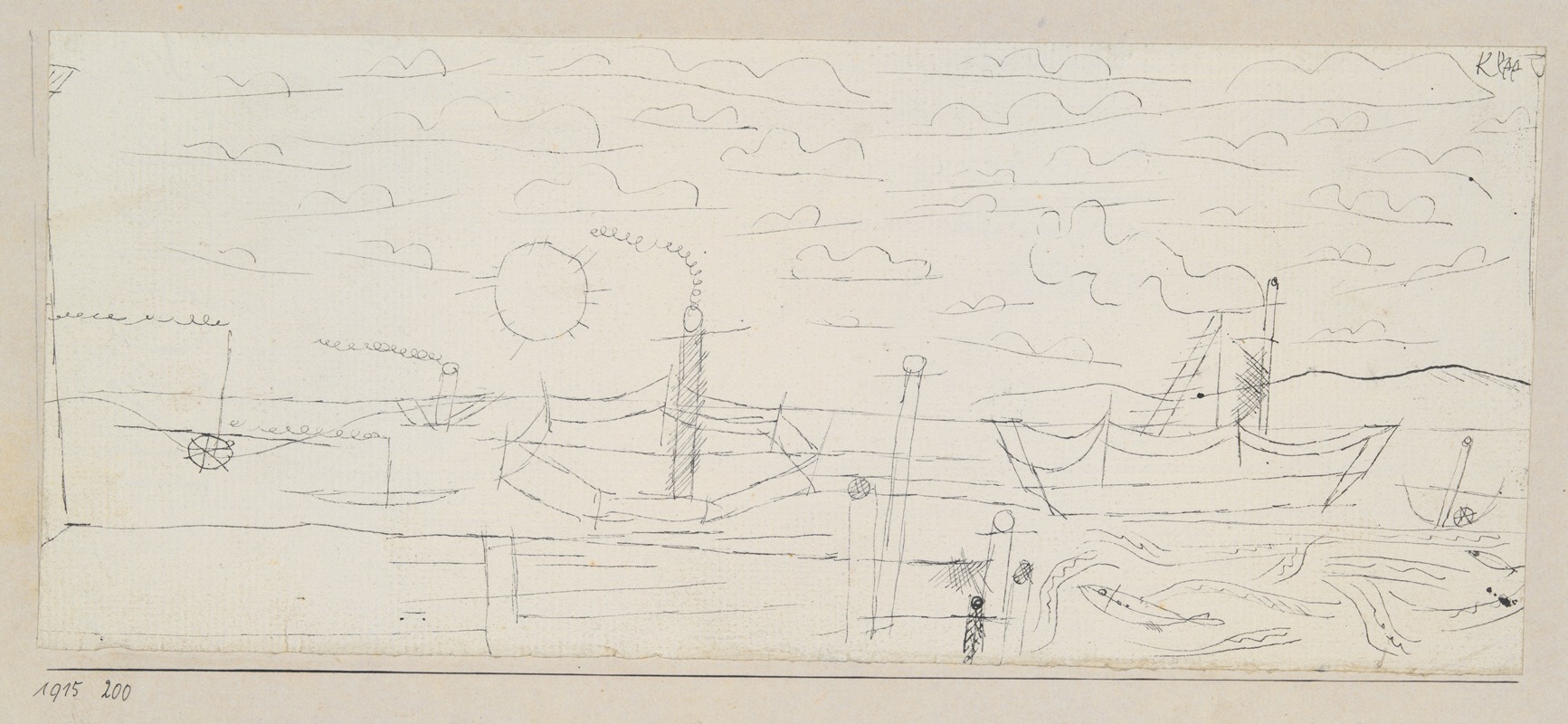
Ships
A hand-painted replica of Paul Klee’s masterpiece Ships, meticulously crafted by professional artists to capture the true essence of the original. Each piece is created with museum-quality canvas and rare mineral pigments, carefully painted by experienced artists with delicate brushstrokes and rich, layered colors to perfectly recreate the texture of the original artwork. Unlike machine-printed reproductions, this hand-painted version brings the painting to life, infused with the artist’s emotions and skill in every stroke. Whether for personal collection or home decoration, it instantly elevates the artistic atmosphere of any space.
Paul Klee, a Swiss-born artist, is renowned for his highly individual style that was influenced by movements in art that included Expressionism, Cubism, and Surrealism. One of his works, "Ships," reflects his unique approach to art, characterized by a blend of abstraction and figuration, as well as his interest in color theory and the symbolic use of line and form.
"Ships" was created during a period when Klee was deeply engaged with exploring the interplay of color and form. This painting, like many of Klee's works, is not a straightforward representation but rather an abstract interpretation of its subject. Klee often drew inspiration from his travels, dreams, and the natural world, translating these experiences into his artwork through a distinctive visual language.
In "Ships," Klee employs a composition that suggests the presence of ships through geometric shapes and lines, rather than depicting them in a realistic manner. This approach allows viewers to engage with the painting on a more conceptual level, inviting them to interpret the forms and colors in their own way. The use of vibrant colors and bold lines is typical of Klee's work, reflecting his deep understanding of color theory, which he developed during his time teaching at the Bauhaus school.
Klee's time at the Bauhaus, where he was a faculty member from 1921 to 1931, was crucial in the development of his artistic style. At the Bauhaus, Klee was part of a community of artists and architects who were dedicated to integrating art, craft, and technology. This environment encouraged experimentation and innovation, which is evident in Klee's work from this period, including "Ships."
The painting also reflects Klee's interest in music, which was a significant influence on his art. Klee was an accomplished violinist, and he often drew parallels between music and visual art, considering both to be forms of expression that could convey emotion and meaning beyond words. In "Ships," the rhythmic arrangement of shapes and the harmonious use of color can be seen as analogous to musical composition, with each element contributing to the overall effect of the piece.
Klee's work, including "Ships," is characterized by its playful yet profound exploration of visual language. His paintings often incorporate elements of fantasy and whimsy, inviting viewers to explore their own interpretations and emotions. This quality has made Klee's work enduringly popular and influential, as it continues to resonate with audiences and artists alike.
"Ships" is a testament to Klee's ability to transform simple shapes and colors into a complex and evocative composition. It exemplifies his belief in the power of art to transcend the literal and engage with the viewer on a deeper, more intuitive level. Through his innovative use of form and color, Klee invites us to see the world through his eyes, offering a glimpse into the boundless possibilities of artistic expression.





